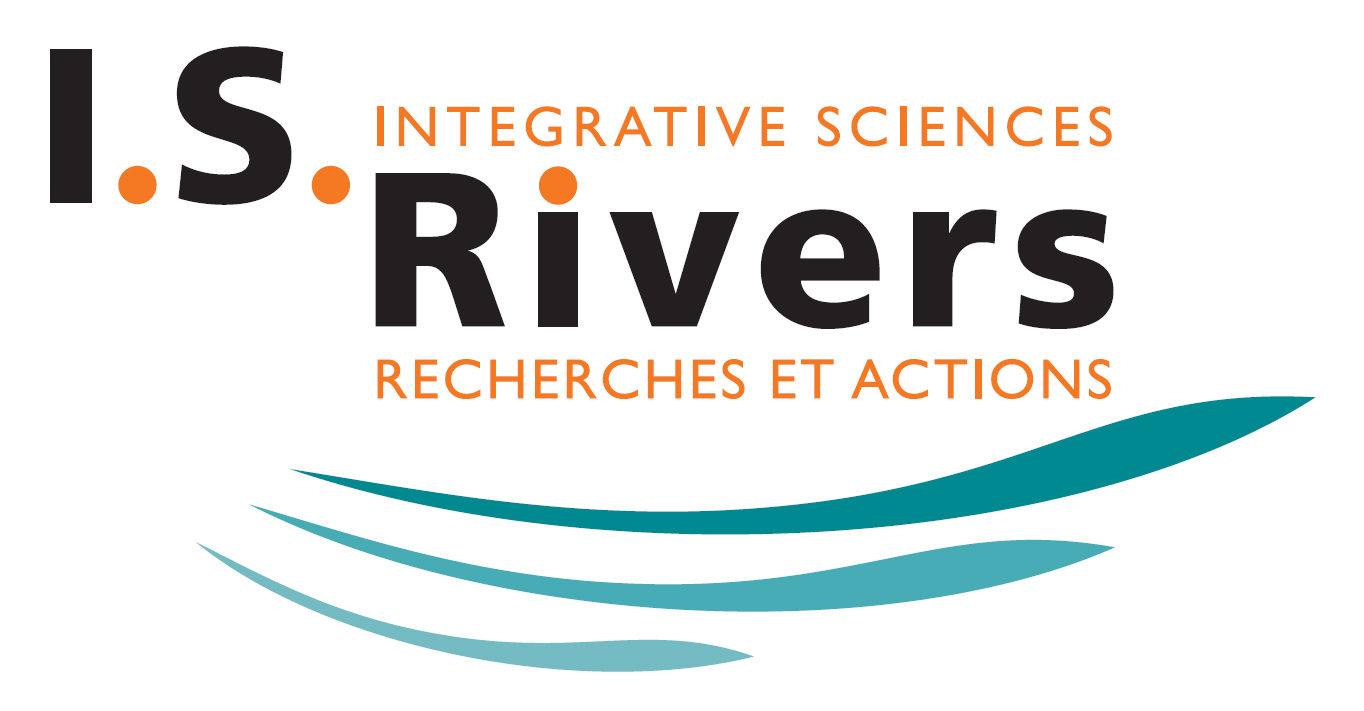Thursday 3rd of july – 08:30
08:30
Satellite monitoring of the timing and extent of dry conditions in the Tagliamento River
AUTHORS
IANTORNO Lucio, CAVALLO Carmela, BRICHETTO Isabelle, MANFREDA Giammarco, NEGRO Giovanni, VEZZA Paolo, PAPA Maria Nicolina
Italy
Short Abstract: In recent years, many rivers have experienced an increase in periods of total absence of surface runoff, a phenomenon attributed both to climate change and intensive use of water resources. Approaches based on the use of multispectral satellite images from the Landsat and Sentinel-2 missions are emerging to address the limitations of traditional measurement tools, which provide only point measurements and are sparsely distributed across the minor hydrological network. The use of false-color images, obtained by combining the SWIR, NIR, and RED multispectral bands, has allowed for distinguishing water from other land covers in river corridors. The application of a semi-automatic method, based on the analysis of reflectance in the NIR band, enabled the measurement of the length of dry stretches and its evolution over time. The analysis, conducted over a 40-year period along a 6 km stretch of the Tagliamento River in Friuli-Venezia Giulia, revealed significant trends in the increase of dry conditions. Specifically, greater longitudinal discontinuity of the flow and an increase in the total length of dry conditions were observed during the winter months.
08:50
Meso-scale habitat modeling for river macroinvertebrate communities
AUTHORS
PINNA Beatrice, LAINI Alex, BURGAZZI Gemma, NEGRO Giovanni, VIAROLI Pierluigi, VEZZA Paolo
Italy
Short Abstract: Macroinvertebrate communities are rarely considered as ecological targets in river habitat models, which often focus on single species of fish. This study provides a novel approach to model the whole macroinvertebrate community response to flow regime alteration. The model uses the Flow-T index combined with Random Forest (RF) regression to assess habitat availability at the meso-scale. Conducted in three Italian rivers with braided morphology, gravel riverbeds, and summer low flows, the model was calibrated in the Trebbia River (using the field data collected in 2019) and validated across the Trebbia, Taro, and Enza Rivers (with data collected in 2020). The RF model identifies as most important 12 mesohabitat descriptors, including water depth, flow velocity, substrate size, and channel connectivity, with cross-validation (R² = 0.71) and testing (R² = 0.63) showing high accuracy. The model effectively predicts macroinvertebrate community responses to flow regime changes and extends the MesoHABSIM methodology to a new ecological target. This approach offers potential applications for ecological flow (e-flows) design in perennial and non-perennial rivers, including river systems without fish populations.
09:10
Efficiency of using satellite images to assess past and future changes of aquatic vegetation in rivers
AUTHORS
RASSE Léo, GODFROY Julien, NOGARO Géraldine, CORDIER Florian, PUIJALON Sara, PIÉGAY Hervé
France
Short Abstract: Since several decades, the acquisition of satellite images has considerably accelerated the monitoring of vegetation, but their use remains limited in aquatic environments due the interferences induced by the water column. The aim of this study was to analyse whether data from recent high spatial and temporal resolution satellite campaign could be used to monitor aquatic vegetation. For that purpose, very high spatial resolution images (15-25cm) were used as validation data and Planet satellite images (3m, daily acquisition, planet.com) acquired within ± 15 days of the reference images were downloaded. For each Planet image, a vegetation index based on reflectance in the green and near infra-red spectra, the GNDVI, was calculated to test whether aquatic vegetation and water can be differentiated spectrally. First results showed that GNDVI values are different between water and vegetation but with contrasting thresholds for distinguishing the two classes among images. These results indicate that a single threshold cannot be applied to all images to distinguish aquatic vegetation from water. Future challenges will consist in testing whether statistical methods can be used to distinguish aquatic vegetation from water without referring to field observations. These advances would be particularly useful for monitoring the dynamics of aquatic vegetation and supporting managers in their decision-making, and in aquatic ecosystems conservation, and restoration efforts.
